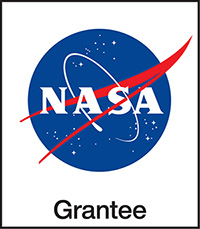Ready, S.E.T. (Science, Engineering, Technology), Go!
Learners investigate water. As scientists, they figure out where water is located. As engineers, they design a technology to get the water.
Each PLANETS unit begins with Ready S.E.T. Go! to set context. Learners then share their own stories in Activity 1. Next, educators choose either the Science or Engineering Pathway, or both, if time allows. Learners do not need to repeat Ready S.E.T. Go! or Activity 1 when doing both pathways.

Setup: Prep Time 90 min.
- Read unit.
- Print Notebooks.
- Prepare containers.
- Make Our Ideas poster.
*See Materials & Preparation in the Educator Guide linked above for full info.

